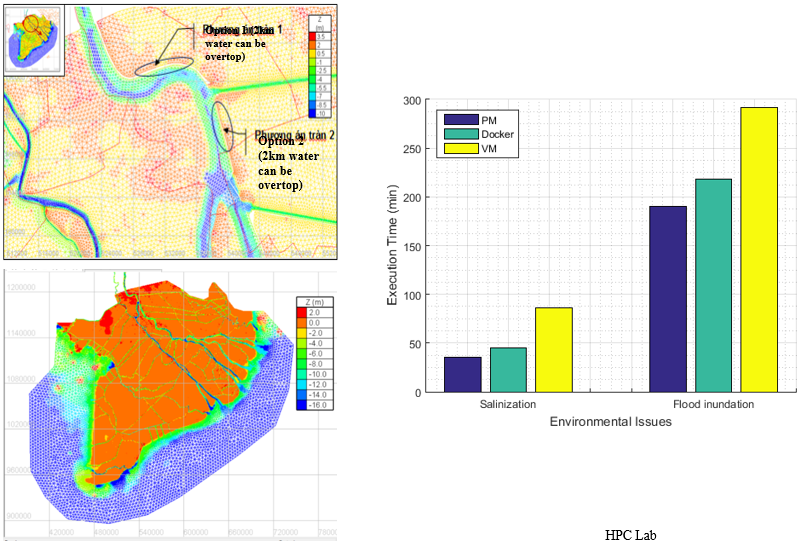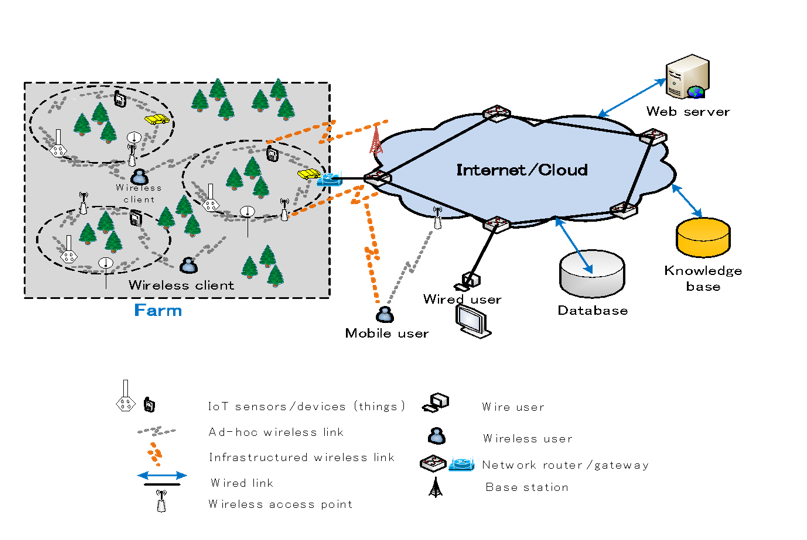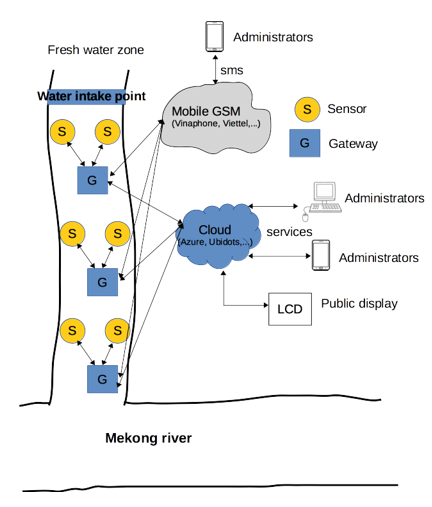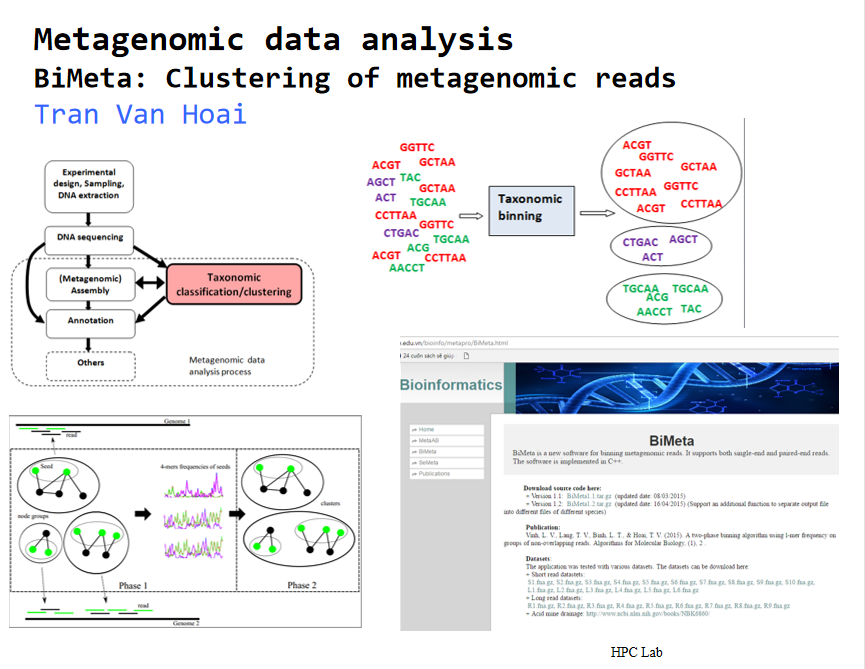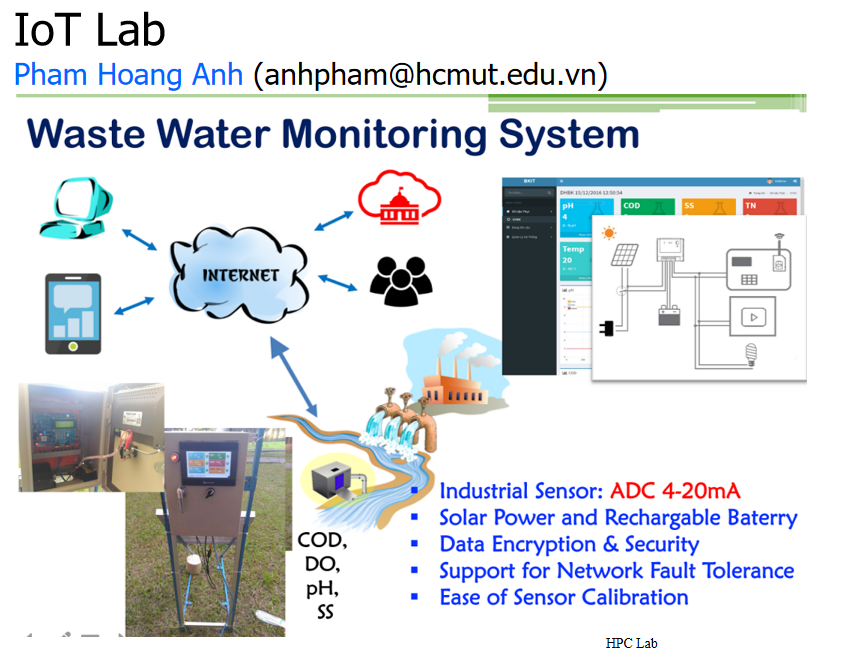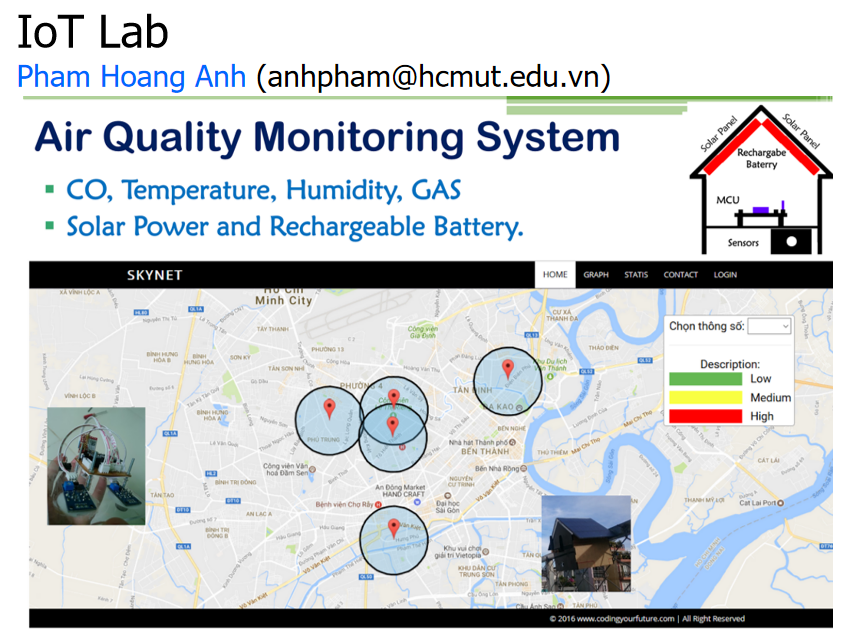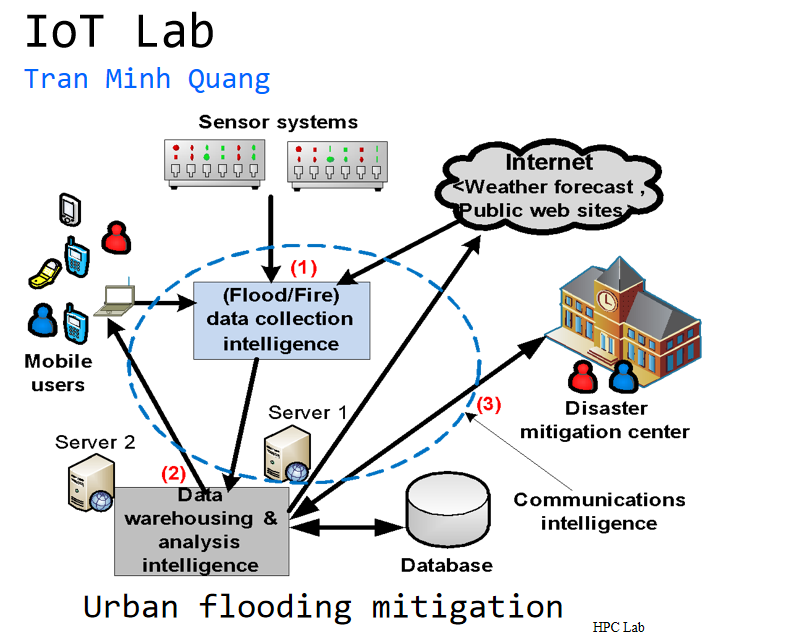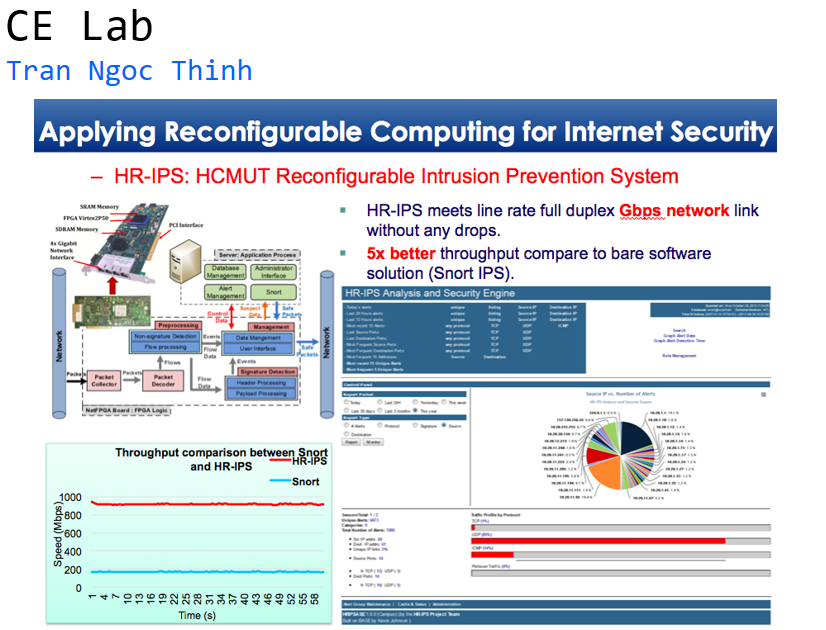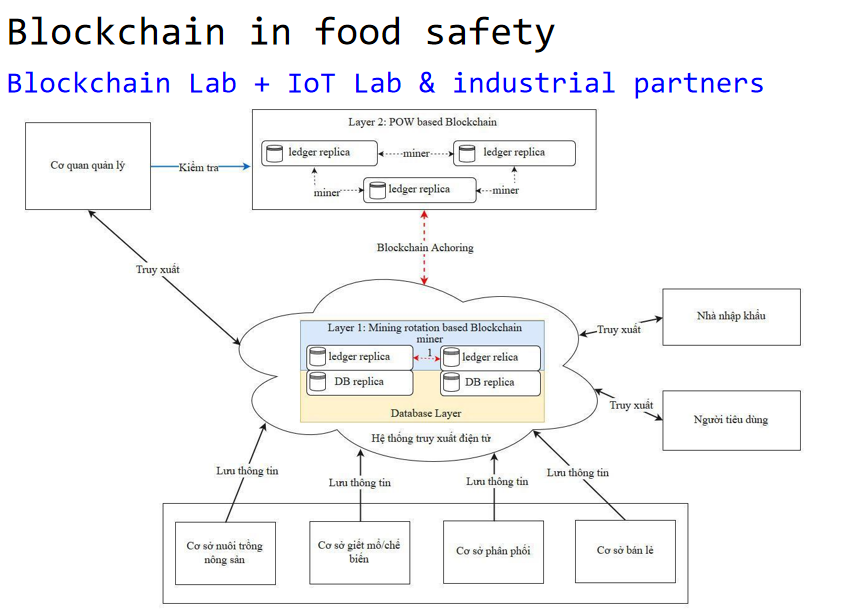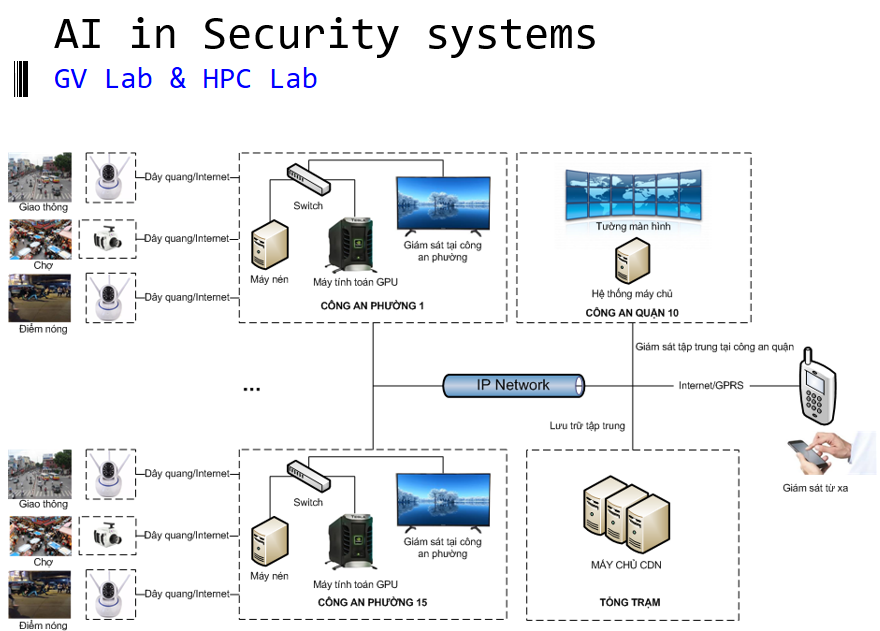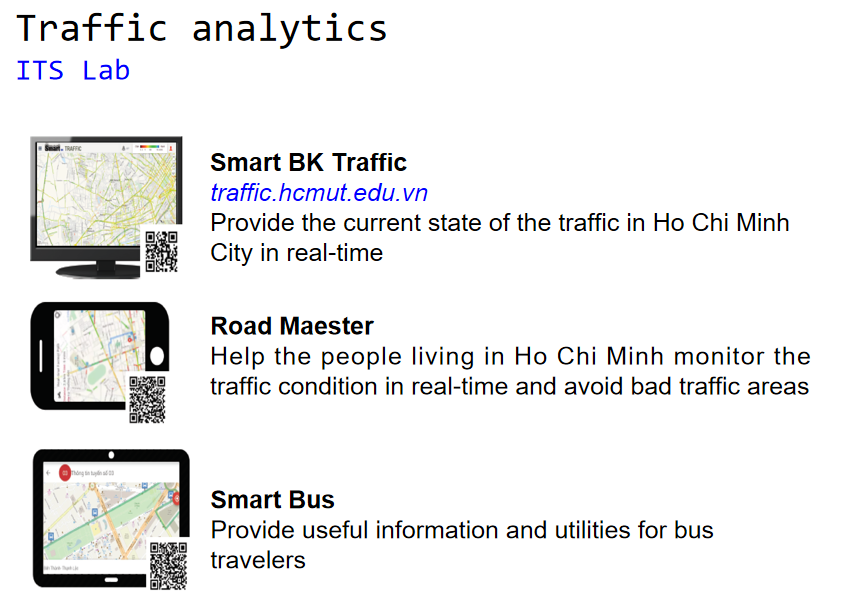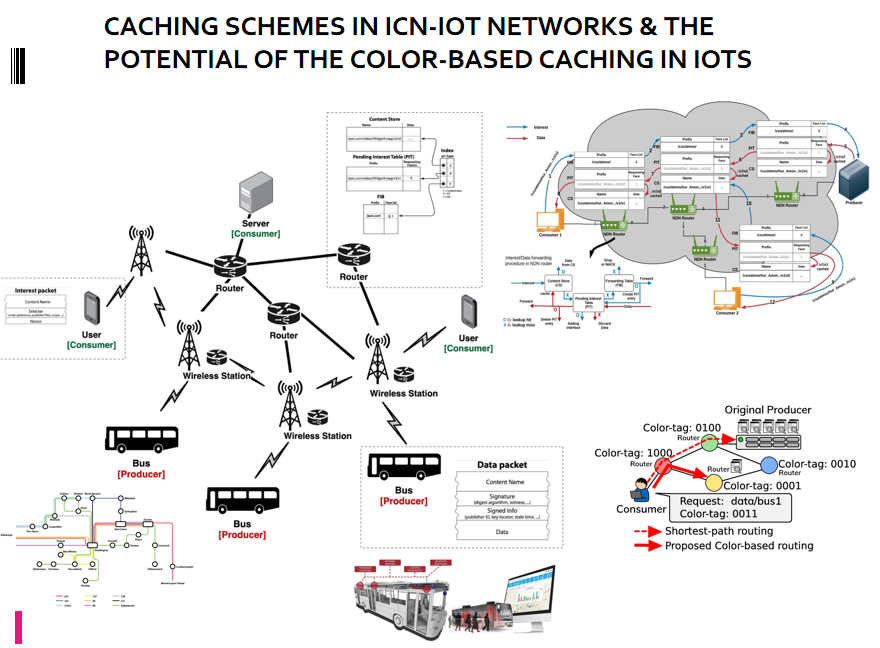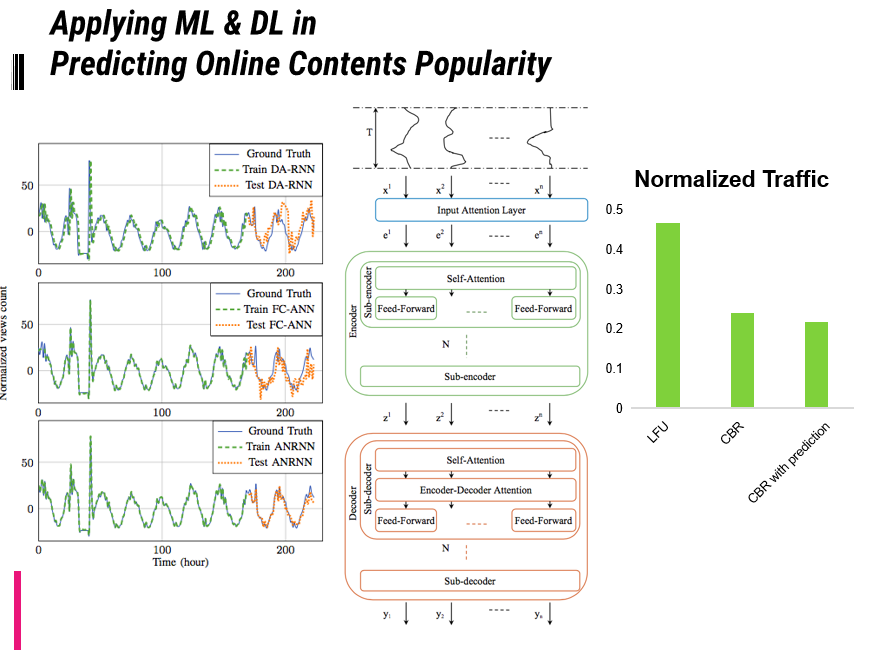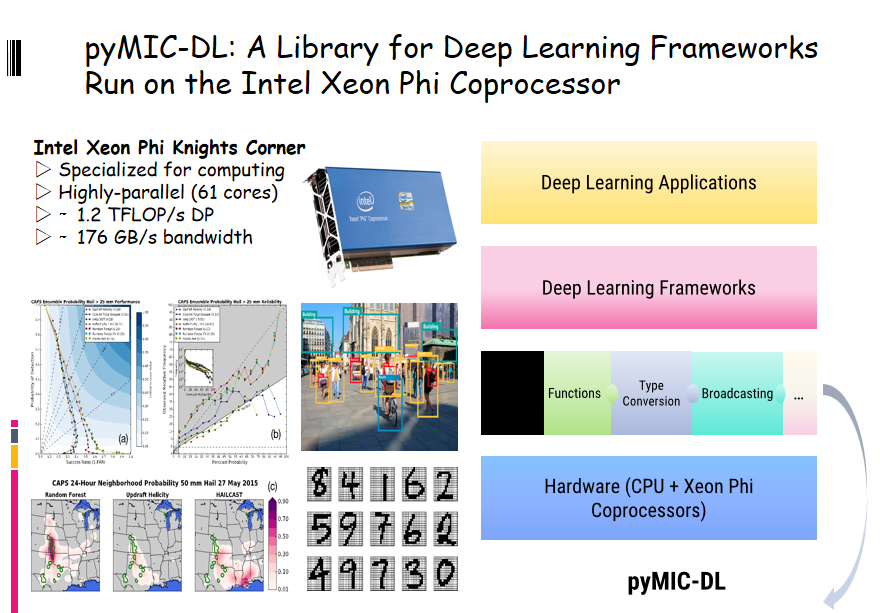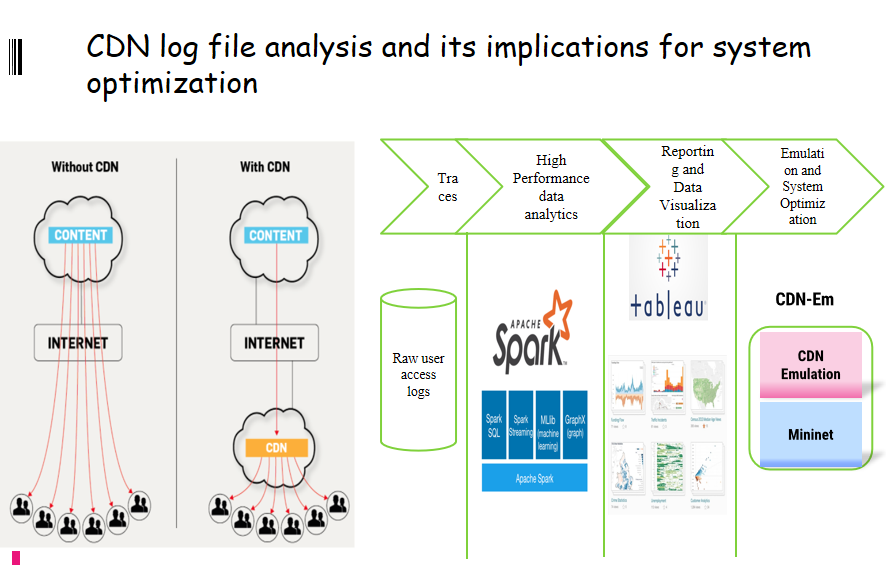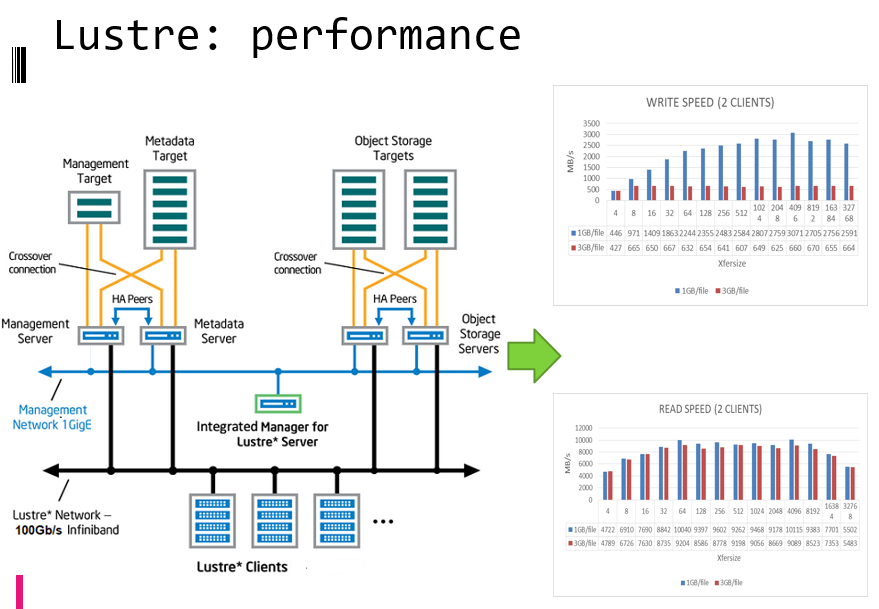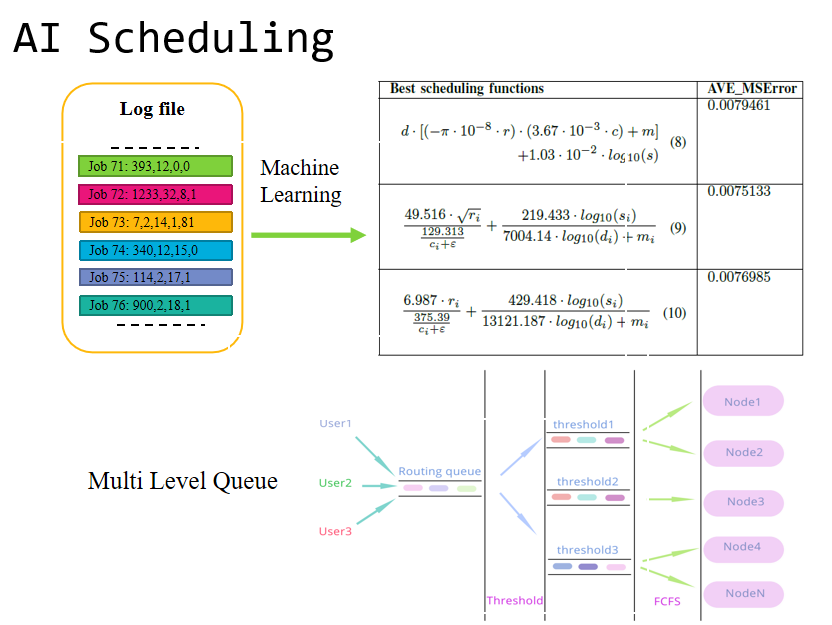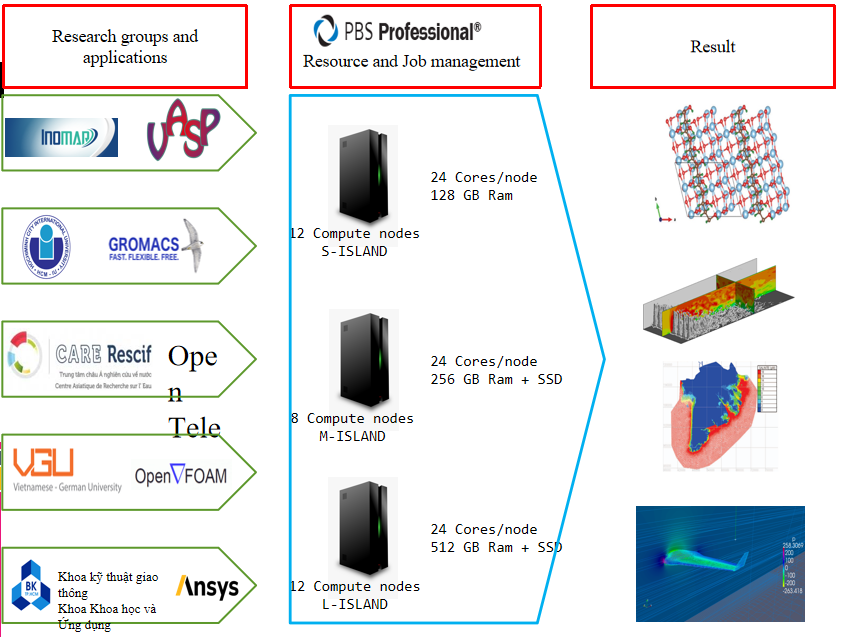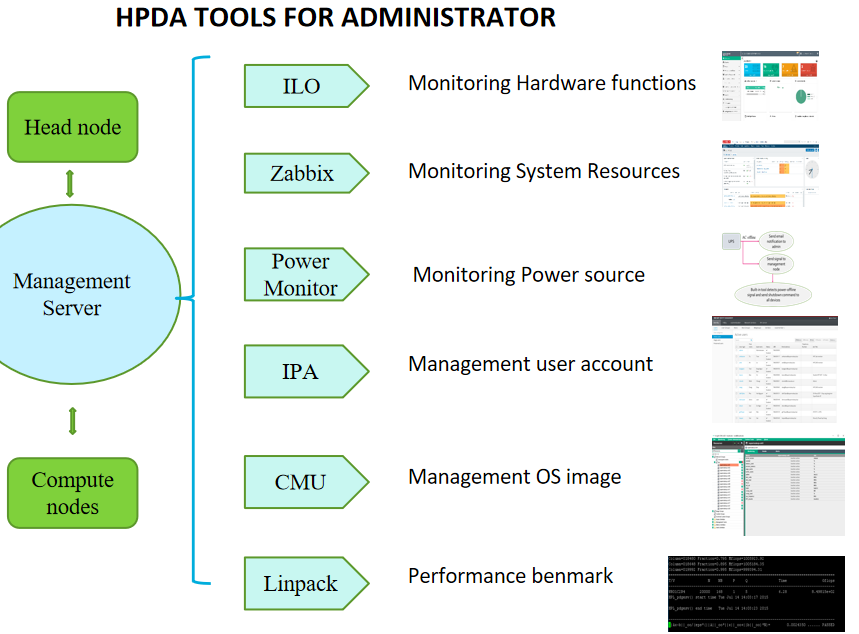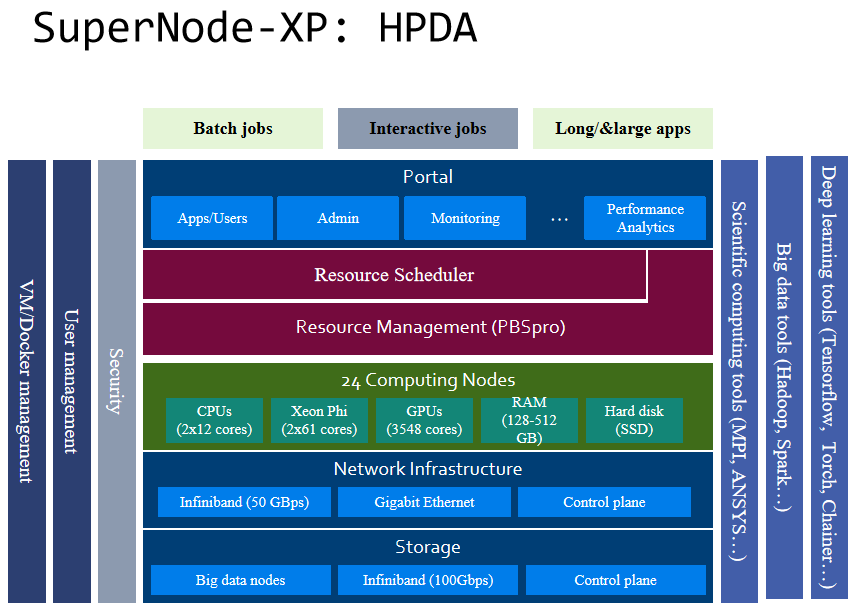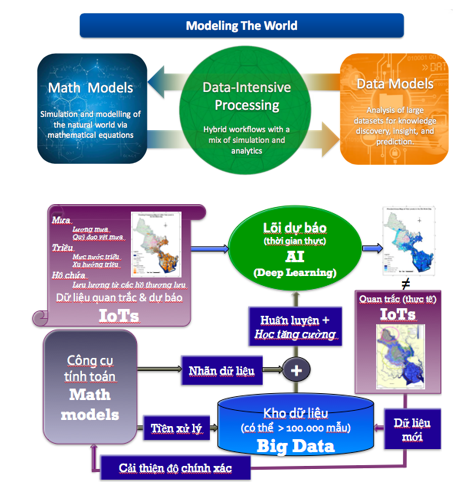- hpcc@hcmut.edu.vn
- 302B9/710H6 HCMUT, VNU HCM
- Join HPC Lab
TIST Data Streaming Platform
Big Data Analytics
The intelligent transportation system (ITS) concept was introduced to increase road safety, manage traffic efficiently, and preserve our green environment. Smart Public Transportation is a subsystem of Intelligent Transportation Systems (ITS). It can control public transportation systems in a highly intelligent manner to keep up their execution, and to give information on excursions and system working conditions to clients (travelers and leaders). Nowadays, ITS applications are becoming more data-intensive and their data are described using Big Data. Thus, to fully utilize such data, big data analytics need to be applied. The Internet of Vehicles (IoV) connects the ITS devices to Cloud computing centers, where data processing is performed. However, transferring huge amounts of data from geographically distributed devices creates network overhead and bottlenecks, and it consumes the network resources. In addition, following the centralized approach to process the ITS big data results in high latency which cannot be tolerated by the delay-sensitive ITS applications.
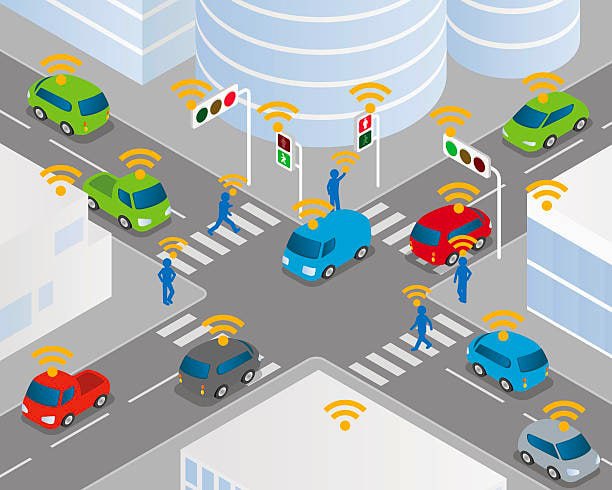
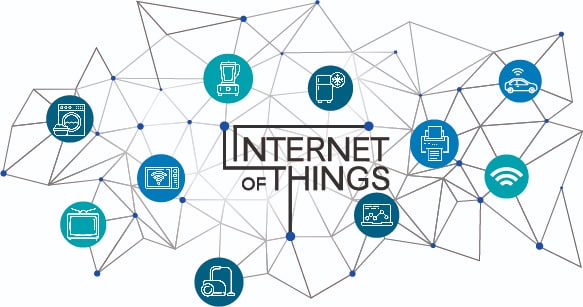
With the surge of the Internet of Things and digitalization in all areas of life, the volume of digital data available raises tremendously. A large share of this data is produced as continuous data streams. Stream processing systems have been established as a middleware to process these streams to gain valuable insights from the data. A vast number of recent applications of stream processing could be found in the areas of agriculture, smart cities, health informatics, telecommunications, electric grids and energy, geography, transportation, etc.
Smart Village
IoT & Big Data Analytics
In recent years, smart villages began to flourish, revitalize and empower rural communities. The concept implies the participation of local people in improving their economic, social, or environmental conditions, cooperation with other communities, social innovation, and the development of smart village strategies. Technology is implemented in a smart way, meaning it is coherent, sustainable, and synergetic, in order to improve the quality of life of every citizen and empower people to concentrate on what is essential for their families and self-fulfilment.

Understanding the global smart village trend, HPC Lab has used its powerful computational and analytical resources to launch a research project on a smart village model applied to Vietnam's Dong Thap province in the Mekong Delta. The research is primarily concerned with analyzing big data collected by sensors in order to predict and warn of flood risk in some potential areas. Here are some actual Mekong Delta data.
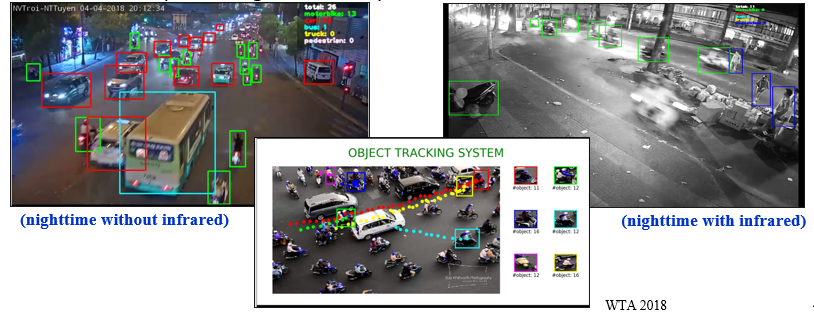
Automatic Vehicle Detection & Counting
Computer Vision
- Detect, classify, and count objects like motorbike, car, bus, truck, and human.
- Track selected objects along video frames and cameras.
- Estimate the velocity of selected objects (with calib).
- Work in daytime, nighttime, rainy, with/without infrared feature.
Security, law enforcement, and medical image analysis
Computer Vision
- Extract license plate number automatically.
- Detect and recognize face and facemask.
- Detect humans breaking into houses and secured areas suddenly and illegally.
- Segment and render organs and tumors from CT and MRI.
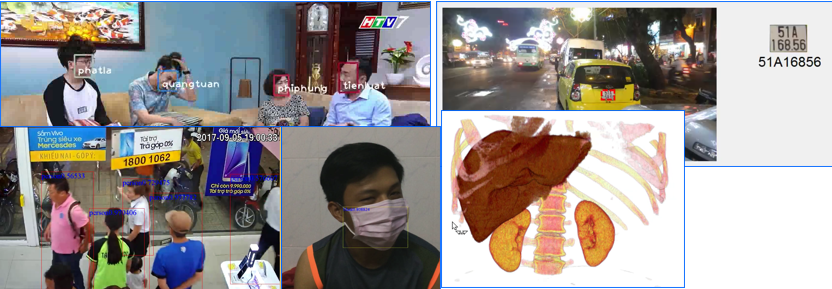
Medical image analysis
Computer Vision
- Show human organs from CT and MRI images.
- Detect human organs and anormal units interactively.
- Detect and show organs and tumors automatically by using AI.
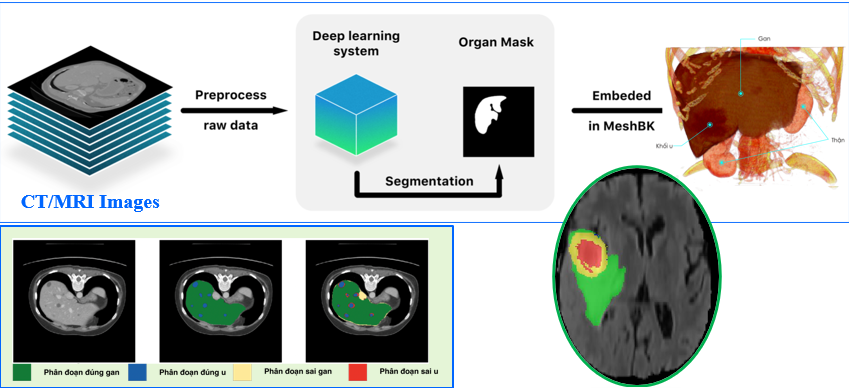
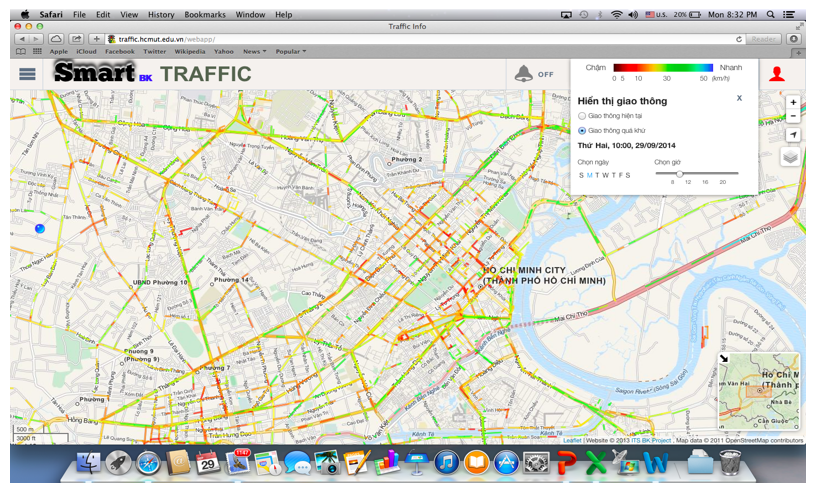
Traffic Information Map
Traffic Analytics (ITS Lab)
Big Data Analytics
Smart BK Traffic (traffic.hcmut.edu.vn)
Challenges
The volume of sensing data keeps increasing over time.
Extracting useful traffic information from a massive amount of data in real-time.
Low stability of the network infrastructure, The quality and heterogeneity of sensing devices, and the accuracy of the digital map.
Some unique (and difficult) traffic problems. For example, motorbike is the most popular mean of transportation.
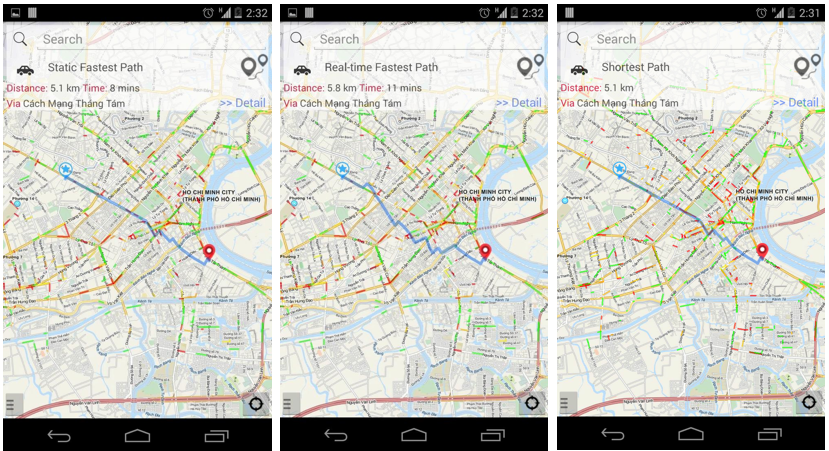
Navigation Application: Road Maester

